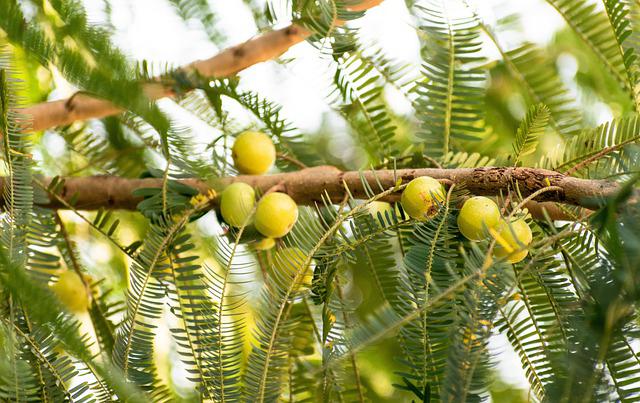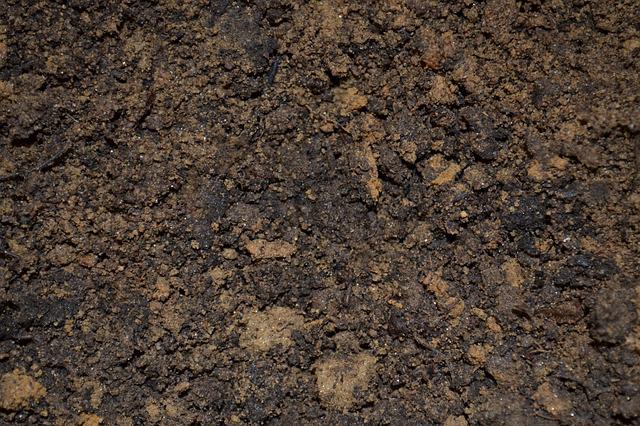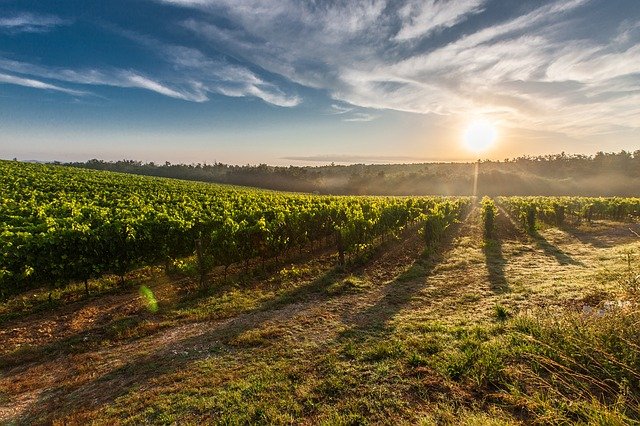When Is Gooseberry Season? How To Know When Gooseberry Season Starts and Ends!

Gooseberry starts to bear fruit in May and ends in September. Their best from late June through to early August.
Cape gooseberries are available all year, but they are best from the end of summer to the beginning of fall.
It’s common knowledge that fresh gooseberries are available for sale from the first week of June through the first week of August, but most varieties won’t produce fruit for that entire period (Eat The Seasons, 2012).
Fruits ripen and are smooth berries without prickles that start green and turn a dark purple-black when ripe. They are about 14 inches in diameter and contain 8–25 black seeds that are oval and flattened.
Table of Contents
When are Gooseberries Ready to be Picked?
When the berry’s husk has dried out and lost its color, you know your cape gooseberries are ready to pick. The berries may have already fallen to the ground. A berry that isn’t yellow after you remove the husk should be placed on a windowsill so that it can ripen. Ripe fruit has turned a shade of yellow or orange throughout.
Leaving them in this condition for any longer than this will cause them to decompose. However, the harvest time is highly dependent on the weather over the previous few months and the type of gooseberry that is being harvested. A gentle squeeze between your fingers will reveal if a gooseberry is ripe for picking. There should be some give in the berry’s flesh to indicate that it’s ripe. Squashy fruit indicates overripeness, while hard fruit indicates underripeness.
A gooseberry’s ripeness can also be determined by giving it a taste. The flavor of a desert variety should be a little tart, but it should also be sweet at the same time. If you want to tell the difference between a ripe and an unripe gooseberry next year, practice the taste test by eating a few gooseberries as you go through the harvest.
In addition to our favorite Hinnonmaki Red, a few gooseberries have a reddish hue. As the season progresses, they turn a ruby red color, which is when they can be harvested.
The more bitter-tasting gooseberries should be picked first when making gooseberry jam or sauce. Only harvest gooseberries of full size for making pies and other sweets. If your bush has thorns, as is most likely the case, there is no other option but to proceed slowly and carefully!
How to Harvest Gooseberries
- Gooseberries have thorns, so put on a good, thick pair of gloves before picking gooseberry plants.
- Even though this isn’t always true, it does help keep people from getting hurt.
- Start to taste. Tasting a few berries is the best way to decide if they are at the right ripening stage.
- If the berries are at the right stage, you can pull each one off the stem and put it in a bucket.
- Don’t bother picking up the ones that are already on the ground. They are too old.
- Put the berries in the fridge to keep them fresh longer.
- You can also pick a bunch of gooseberries at once.
- Put a piece of canvas, a plastic tarp, or some old sheets under and around the gooseberry bush.
- Shake the bush’s branches to get any ripe or almost-ripe berries off of them.
- Gather the tarp’s edges together to make a cone, and pour the berries into a bucket through the cone.
- Keep picking the gooseberries once a week as they get ready on the plant.
- You can eat the ripe berries right away or freeze them to use later.
- You can make jam or can other things with berries that aren’t quite ready.
What You Need to Know About Growing Cape Gooseberries
They’re easy to grow, Cape Gooseberries, and they taste great. You can even ignore them for a little while, and they’ll be fine with it. So, let’s find out the ideal conditions for growing Cape Gooseberries.
Soil
The Cape Gooseberry is an easy-to-grow plant that can grow in various soils with a pH range of 5.1-6. They can grow in clay or sand, but a very happy plant will do best in well-drained, somewhat fertile soil that has been added to with compost and well-rotted manure.

Water
Cape Gooseberries need to be watered regularly to have a good harvest. Once they are established, they can handle some drought, but they still need water to grow flowers and fruit. Water may need to be given every two to three days in very hot places. In places with cooler weather, watering twice a week might be enough.
Climate
The best place for Cape Gooseberries to grow is in a warm climate, as in their native South America. So wait until the soil is between 50 and 77°F (10 and 25°C) before planting them, and if possible, plant them when the soil is warmer.
Sun
Cape Gooseberries do best when they get 6–8 hours of full sun a day, but they can also grow in some shade. To help this plant grow, choose a sunny spot in the garden.

Planting Space
Cape Gooseberry seedlings are 39–59 inches (100–150 cm) apart, giving them plenty of room to grow. Remember that Cape Gooseberry can grow up to 3 feet (1 meter) tall, so leave enough room between plants to let air flow. Growing problems like fungal disease, which are caused by too little space and too much humidity, can be avoided by ensuring enough air circulation.
Fertilizer
An early application of organic fertilizer, or a fertilizer after the plant has been pruned back during the dormant season, are both viable options. In preparation for the upcoming growing season, feed the plants with fertilizer to help them rebound.
Overfeeding the plant with fertilizer, on the other hand, is unnecessary and may even reduce flowering and fruit sets. You should only use fertilizer sparingly and remember that a little neglect will yield a larger harvest of Cape Gooseberries.
Mulch
In addition, mulching will help to retain soil moisture and create a healthy environment for plants and animals. Use a natural or organic mulch that is available in your area. Mulch is also a source of nutrients for the soil.
